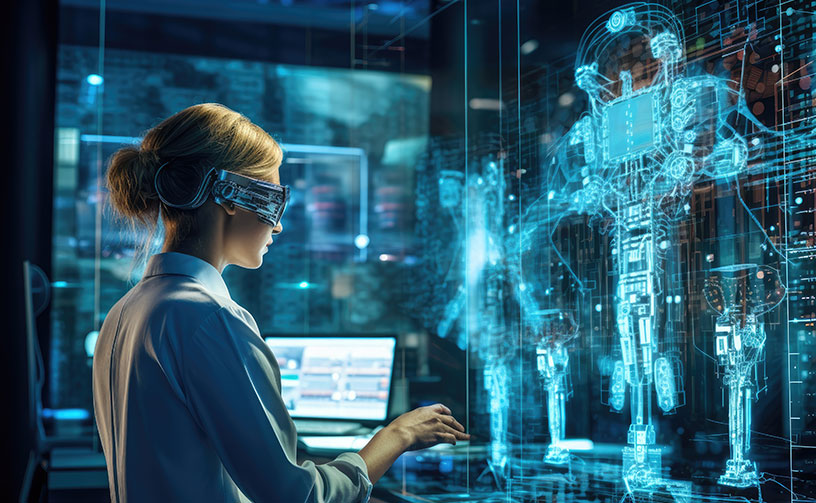Design and Analysis of Complex Human-Machine Systems
 The Human Systems Integration Lab at Clemson University focuses on developing and applying human factors engineering principles in complex AI-enabled human-machine systems, where rich interactions between people and technology are paramount. Spanning the full spectrum of complex system design, the lab's research activities include identifying user needs and designing, developing, and studying AI-enabled human-machine systems that inform and actively motivate user behavior. Utilizing a mix of qualitative and quantitative research methodologies, the lab is exploring ways in which humans perceive, understand, and interact with advanced AI-enabled human-machine systems. The research ranges from cybersecurity and advanced manufacturing to remote learning and telemedicine.
The Human Systems Integration Lab at Clemson University focuses on developing and applying human factors engineering principles in complex AI-enabled human-machine systems, where rich interactions between people and technology are paramount. Spanning the full spectrum of complex system design, the lab's research activities include identifying user needs and designing, developing, and studying AI-enabled human-machine systems that inform and actively motivate user behavior. Utilizing a mix of qualitative and quantitative research methodologies, the lab is exploring ways in which humans perceive, understand, and interact with advanced AI-enabled human-machine systems. The research ranges from cybersecurity and advanced manufacturing to remote learning and telemedicine.
The HSIL involves both undergraduate and graduate students in its research and development activities. Several students have been selected for prestigious awards, including department- and college-level undergraduate research awards and highly competitive scholarships, including the U.S. Department of Defense SMART Scholarship.

